Describing Shakespeare, the poet Robert Graves once wrote: “The remarkable thing about [him] is that he really is very good, in spite of all the people who say he is very good.”
The same is true of Venice.
If ever there were a city that lived up to the hype, that delivered on every promise, then it’s La Serenissima. It’s no surprise that even in this age of mass travel, when more and more cities become available to visit, Venice is more popular than ever.
I mean, look at this place!
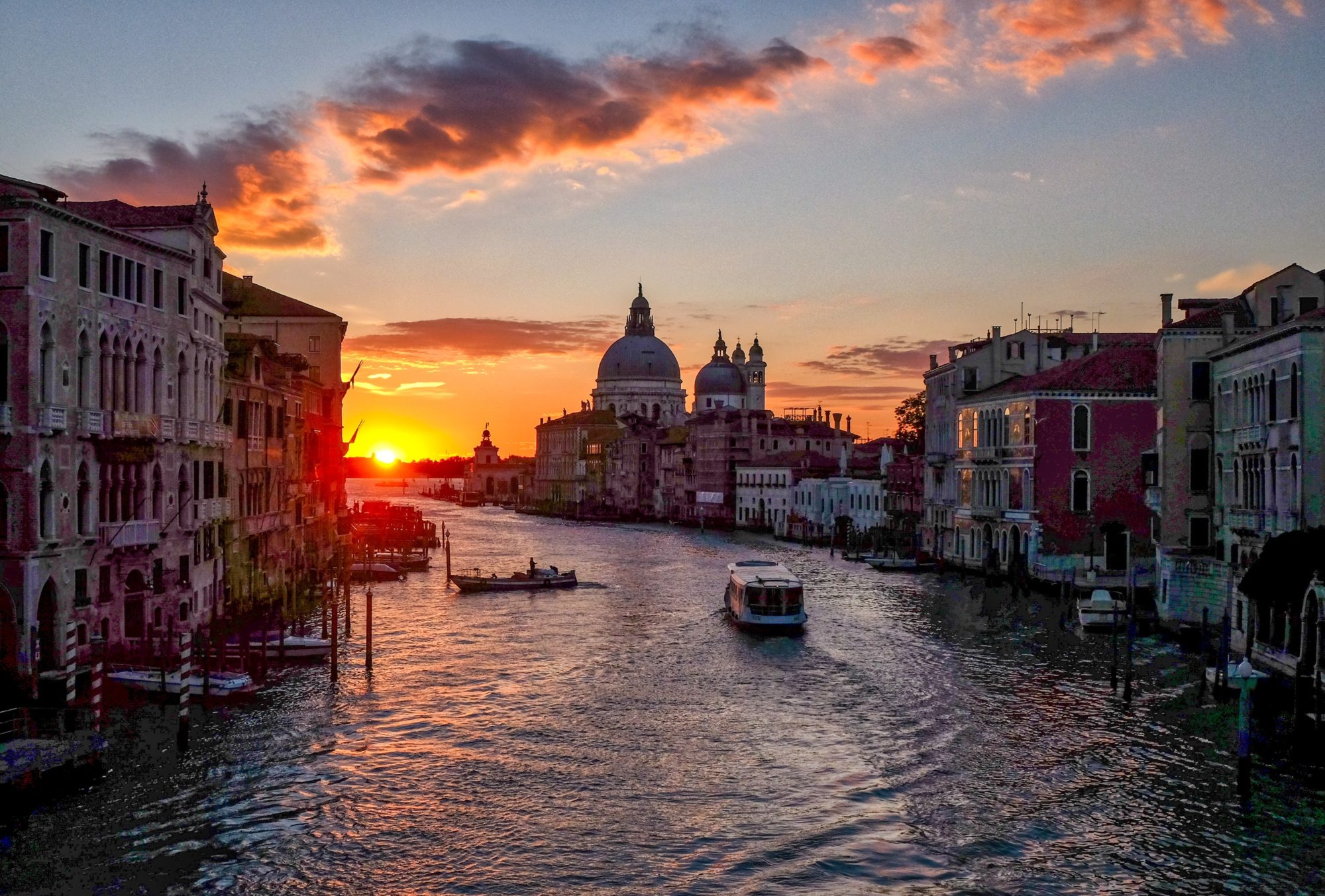
But such beauty comes with a cost…
Overtourism puts a huge strain on the infrastructure of a city. This is especially true for Venice, where expansion and modernization to accommodate increased traffic is not possible, and which now groans under the weight of its admirers. There are less tangible effects, too. Because visitors now outnumber Venice’s shrinking local population by such a margin, many residents worry that the city is being turned into a sort of amusement park; that the city’s unique character is being transformed by the very people who come to see it.
Such concerns have prompted Venetians to street demonstrations in recent years and it’s impossible not to empathize with their position. Visitors can bring benefits, sure, but they can also suffocate a place. Too much tourism will kill you, quoth Freddie, just as sure as none at all.
So what to do? There are no easy fixes, but there are measures we travelers can take to help minimize the negative impact we have on the environment and maximize the benefits of our economic contribution.
We’re not here to preach, but here are a few ideas to take into consideration when visiting Venice.
Visit in Low Season
This is relative, of course, because Venice is popular all year round, but crowds really become unsustainable during the Carnivale in February, the Easter holiday, and the summer months from July to August. Visiting in Spring means you still get the sunshine but will enjoy much smaller crowds. The locals benefit from having visits spread out more evenly across the year, and you benefit from the more tranquil and authentic atmosphere that make Venice so special (as well as slightly cheaper prices). Better yet, visit in Winter to see a side of Venice that many will never experience: crisp starlit skies, sleepy streets, spectacular sunsets and fog rolling across the Piazza San Marco.
What’s not to love?
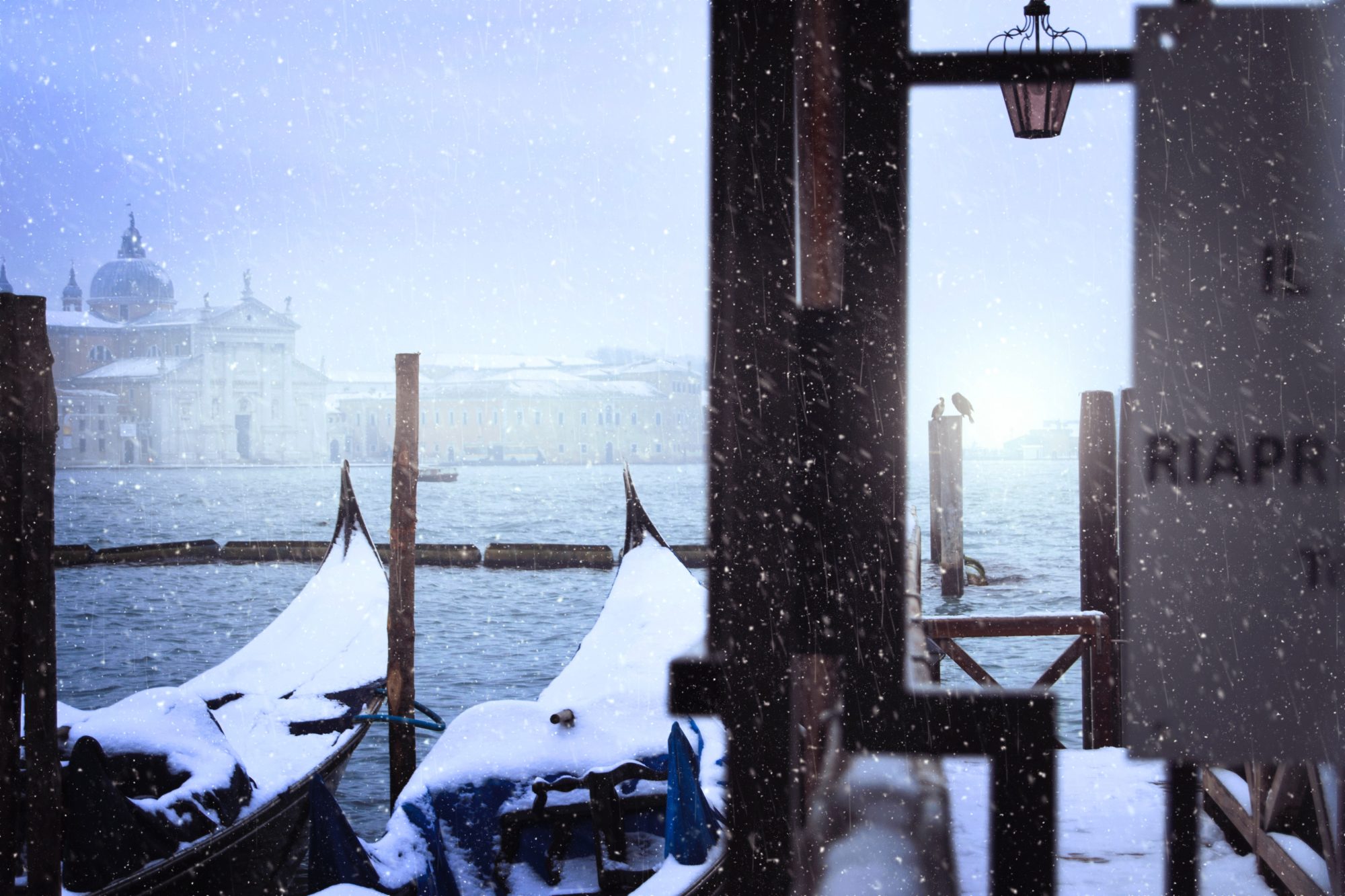
Stay Overnight
Although there’s nothing wrong with day-trippers per se, the Mayor has expressed concern that in a small, cramped city like Venice, these temporary visitors contribute to the overcrowding without contributing as much to the local economy, in the form of, say, hotels, restaurants, and so on. If you’re able to afford a longer stay then not only are your hard-earned dollars much more likely to end up in local pockets, where they’re appreciated, but you’ll also have the benefit of walking the streets by night when the city is at its most magical.
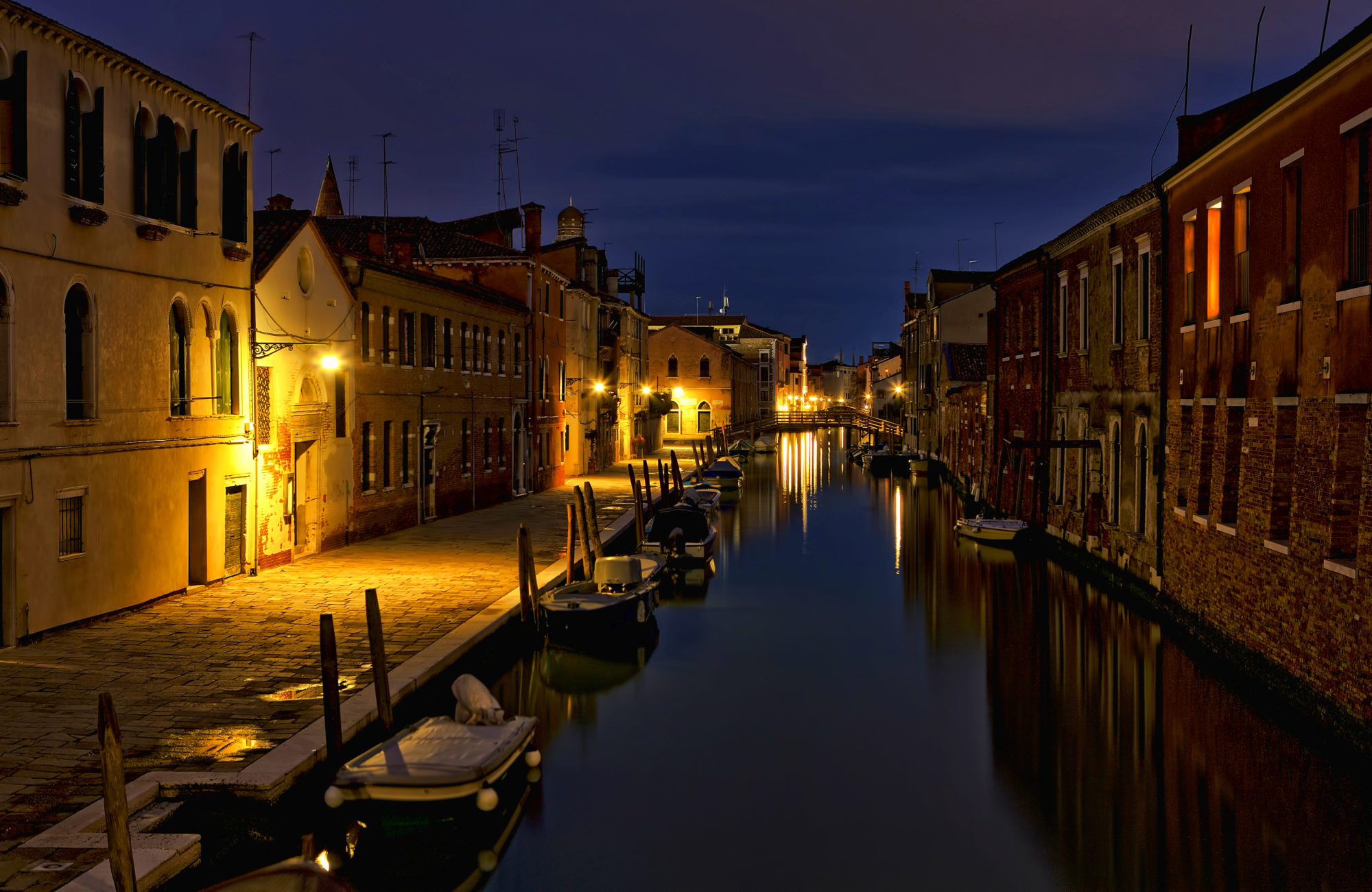
Speaking of day-trippers….
Reconsider the Cruise
Cruise ships contribute even more to the same mass-body, low-spend problem that day trippers present, but the liners also create a fresh set of issues. Not only do they arguably contribute more carbon to the atmosphere than airplanes (per-mile), but according to one study, the wastewater and other emissions also account for 77% of all marine pollution. Added to this, there’s noise pollution, increased traffic on the water, and unsightly disruption to the old-world, small-scale vibe.
Recent efforts to ban the largest cruise liners from approaching the Grand Canal have had some limited success, but challenges remain. Now, it’s not our business to tell anyone how to spend their money, but I am going to bang the drum for train or bus travel as an alternative route into Venice. It’s greener, cleaner, you get to see much more of the places you visit, learn from other communities, and contribute to their economies.
Cultural exchange and mutual enrichment—in every sense of the word—isn’t that the point of travel after all?
The train station, it goes without saying, is also stunning.
Eat Local
Who wouldn’t fancy looking out at the Campanile or the Ponte Rialto over fine food and wine? I’ve done it myself, I admit. However, if we really want to add something to the places we visit—and avoid an unexpectedly hefty bill—then we really need to get out and eat like locals do. In Venice this means chicchetti: various types of finger-food and snacks, a bit like tapas. Locals wander the streets hopping between bacari to sample different dishes; join them and not only will you be supporting local businesses and minimizing crowding in tourist hotspots, you’ll also sample some of the most authentic and tasty dishes Venice has to offer.
Avoid AirBnb
AirBnb is a double-edged sword and elsewhere on the site we’ve written how great an experience it can be to use their service. There is a downside, however, that’s particularly worth keeping in mind when visiting Venice. Because Venice is so perennially popular and space is at such a premium, living spaces that would once have been available for locals to purchase or rent are now being leased to tourists. This is sustainable up to a point, but with locals being priced out of the market and tourist numbers rising exponentially, the city faces an affordable housing crisis that poses a real existential threat to the character of the city.
Venice has some incredibly gorgeous hotels available at all price points, so make full use of them. If you’re looking for suggestions on where to stay, I found the Jewish quarter in Cannaregio Sestiere to be charming, secluded, and an interesting window into Venice’s past. It was also within easy walking distance of everywhere I wanted to explore.
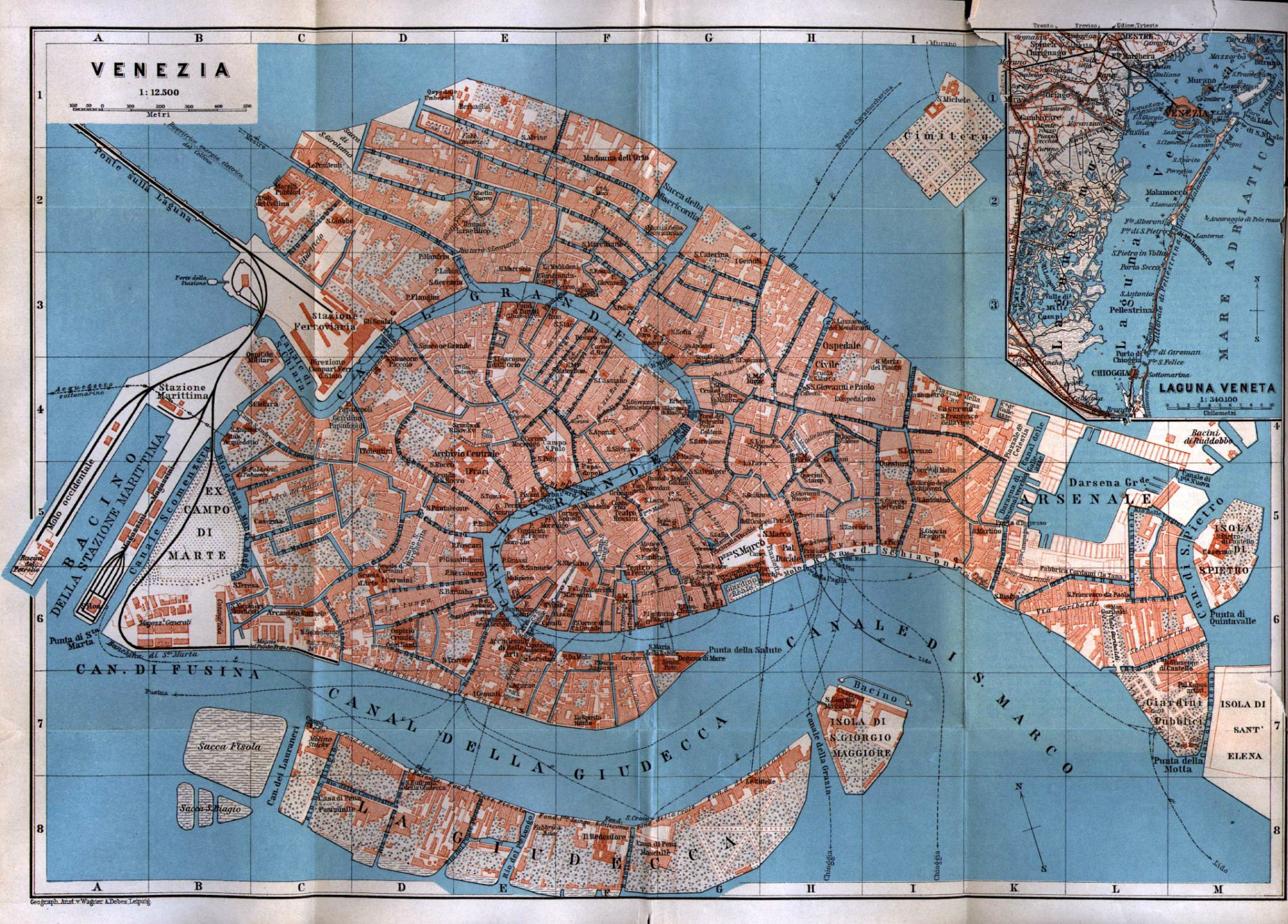

Ditch the Smartphone and Guidebook
The thing that stuck with me about Venice after my first visit was how beautiful it is. I mean how beautiful all of it is. Every back street, every quiet campi, each window frame and historic bridge is just impossibly picturesque, so why not take a walk through the backstreets? Of course, you’ll want to see the major sites, but once you’ve done that, ditch the guidebook and just walk. Get lost. Panic slightly. Realise that it’s really easy to find where you are again. Repeat.
Make your way at random, beat the crowds, find your Venice.
Also be sure to stop in one of the many churches to explore the treasure trove of artistic riches held within. One even contains the body of Titian: the towering Grand Master of early Renaissance painting and one of Venice’s most famous sons. In the spirit of this article, I’m not going to tell you which church that is or where to find it—but I am going to hope you stumble on it by chance. Trust me, it’s more fun that way.
Head into the Lagoon
If you have the time, a visit to one of the neighboring islands is well worth the effort. Better yet, base yourself at a hotel there. It doesn’t mean you’ll miss the main attractions of Venice, which are only a short ride on a vaporetto anyway, but again you’ll be minimizing crowding and spreading the positive benefits of tourism around. The island of Murano claims to be the resting place of ancient dragon bones (it definitely isn’t) and fine traditional glassware (I’ll take their word for it). Burano, on the other hand, sees Murano’s glass-making tradition and raises it lace-making. It’s also a quirky fishing village with cheerful colored houses that are guaranteed to brighten your day.
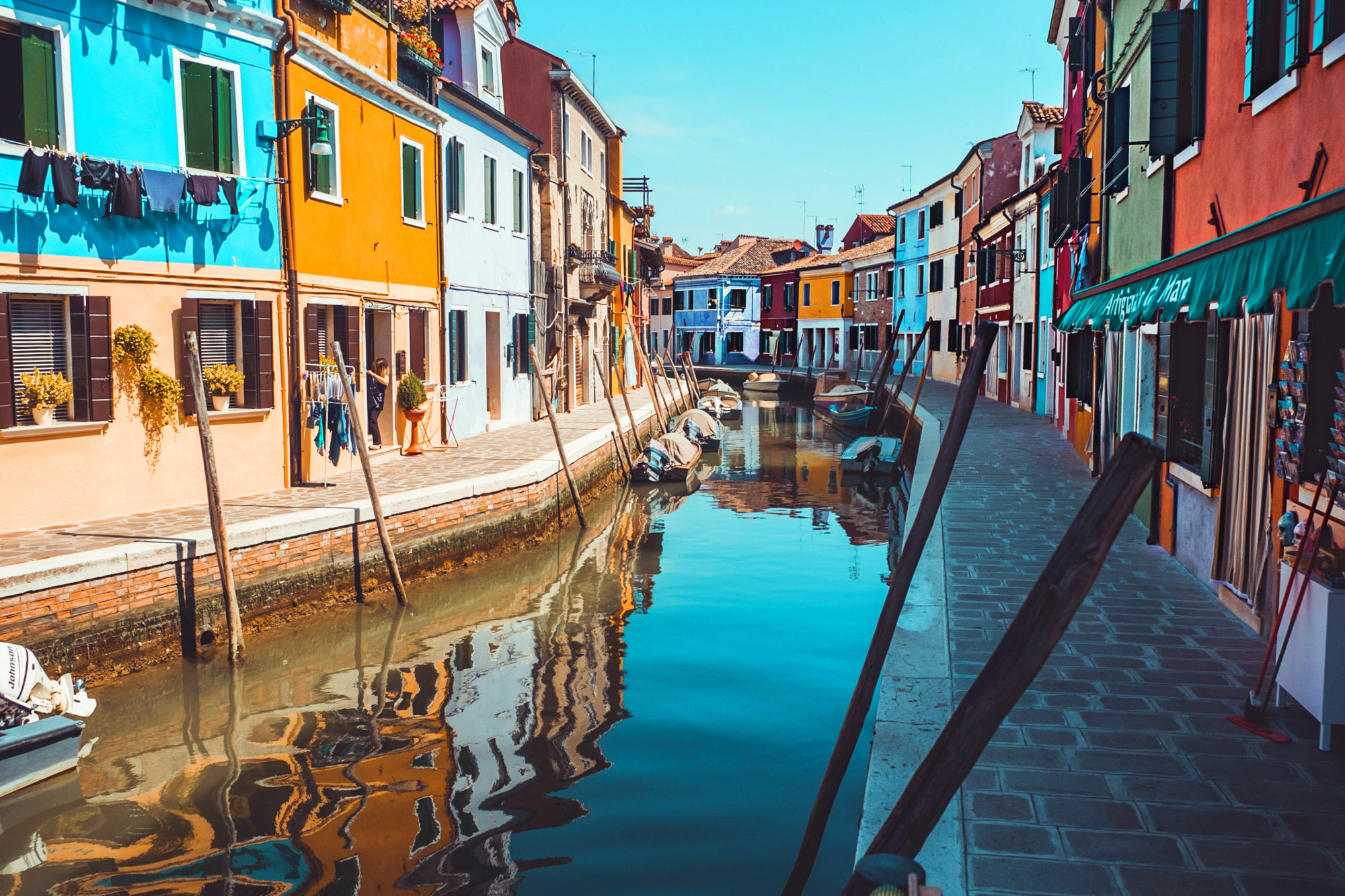

Another excellent option would be the Lido di Venezia. This sandbar on the other side of the Venetian lagoon plays host to the world-famous Venice Film Festival every September and has traditionally been a playground for the rich and famous throughout its illustrious past (take that, lace-making tradition!) Bibliophiles may recognize the Grand Hotel des Bains as an important location in Thomas Mann’s novella, Death in Venice, though sadly the building is now being converted into luxury apartments.
Though the glory days are arguably behind it, the present-day Lido is reinventing itself as a model for sustainable tourism in the area and a much more sensible alternative to staying in the city.
Hopefully, this guide has been of some use in planning your trip to Venice. It’s a unique city—a miracle really—and we all have a role in protecting it for future generations. I’m incredibly excited to be making my fourth visit there next year, so hopefully our paths will cross on a backstreet somewhere in the future.
“To build a city where it is impossible to build a city is madness in itself, but to build there one of the most elegant and grandest of cities is the madness of genius” – Alexander Herzen.
And, one more:
“For our anniversary, my wife and I went to see Godzilla, and then we ate at Barnyard Venice, and it was like, ‘We are crazy! The Kardashians have to keep up with us!’ – Bill Hader (presumably talking about a different Venice).
Suggested next reading: 8 Things To Do In Florence That Will Make You Feel Like A True Italian

